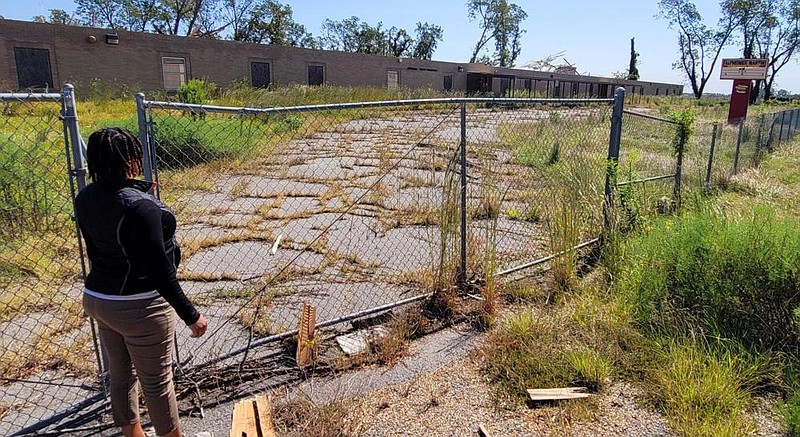What is… Nutrition Insecurity

Did you know that someone can be food secure and still be nutrition insecure at the same time? We define nutrition insecurity, give its causes, and possible solutions.
Telling you what’s really happening in your community related to the food access system.

Did you know that someone can be food secure and still be nutrition insecure at the same time? We define nutrition insecurity, give its causes, and possible solutions.

What determines our health? Dr. Bortz likes to explain it using the life of a car. There are 4 factors that determine the life of a car. It’s the same with humans. This is the biological determinants of health.

Fast, cheap, supersized food has been running through America’s veins since sliced bread was invented. Also driving the heartbeat of America is innovation and making everything bigger and cheaper.

Subscribe Leave this field empty if you’re human: 4 minute read Covid-19 did a number on people with food insecurity If asked what the trending health issue was between 2020 and 2022 there’s no doubt the answer would be Covid-19. The economic impact after the lockdowns and the increased number of hospitalizations and deaths […]

Subscribe Leave this field empty if you’re human: We met with the mayor of a town not so far from Little Rock and our visit blew my mind and reset my perspective on small town living. Here’s some facts about this tiny dot on the map: -Families: 200 -Stoplights: None -Stores with processed foods in […]